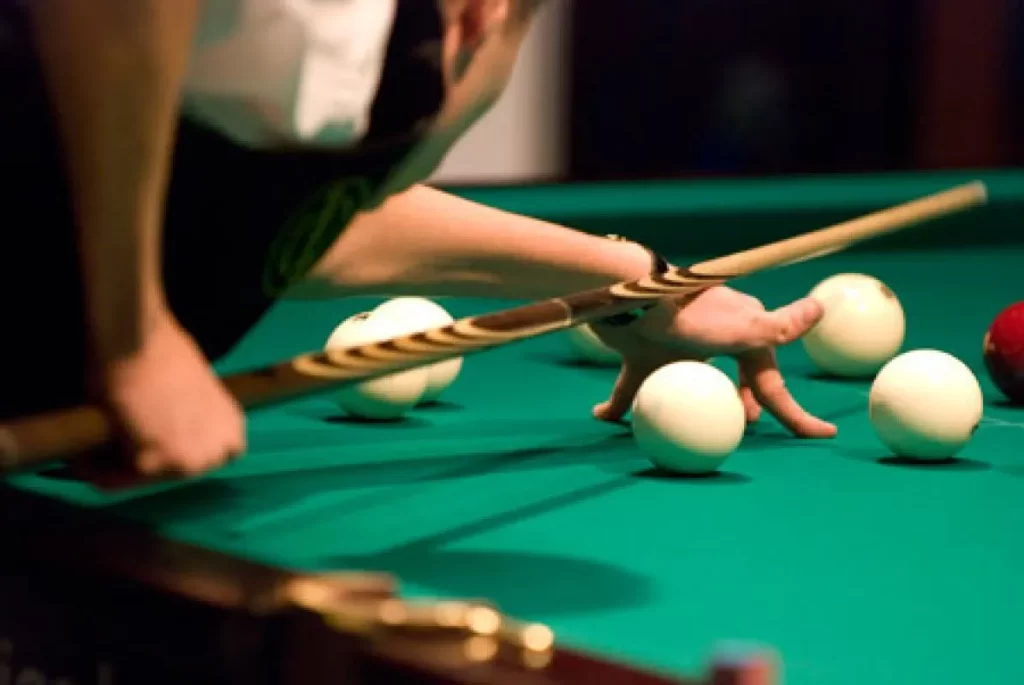World Grand Prix snooker tournament is one of the most prestigious events in the world of professional billiards. The special system of participants selection, dynamic format and solid prize money make it the most important event of the season.
Unlike open-access championships, in this case only the strongest players – those who are included in the world ranking – compete.
Each match brings spectacle and an opportunity for snooker players to consolidate their position in the world rankings. Winning the World Grand Prix snooker tournament gives a player a serious advantage in the battle for the top spot on the professional tour. It brings together the best cue masters who demonstrate precision, strategy and nerves of steel.
History and evolution of the tournament
The World Snooker Grand Prix came into existence in 2015 and immediately became a landmark event on the professional tour calendar. The first tournaments were held in different formats. Over time, a clear system centred on the ranking of the best players was established. Since 2019, the World Grand Prix snooker tournament has become one of the key events influencing the distribution of ranking points.
Billiards legends O’Sullivan, Judd Trump and Neil Robertson are among the winners of the tournament. Each new version of the tournament has brought spectators dramatic matches, unexpected outcomes and impressive series breaks. In 2025, World Grand Prix 2025 promises to once again be an arena for intense title contention.
World Grand Prix Rules
The World Grand Prix snooker tournament differs from other snooker tournaments due to its strict qualification rules. Only the top 32 players, selected on the basis of season results, participate in the event. This makes the event as competitive as possible. Every mistake can cost a victory.
The format provides for elimination matches starting from 1/16 finals. In the first stages, the games are played to four wins, but closer to the finals the requirements become stricter. Semifinals are held up to six victories, and in the final duel it is necessary to score ten frames. This structure of the competition makes the rules of the World Grand Prix one of the strictest in the world of billiards.
The decisive factor of success becomes tactical thinking and psychological stability. Even the most experienced players, such as O’Sullivan, are not immune to defeat if they cannot keep up with the pace of play. It is this intensity that makes the World Grand Prix snooker tournament so entertaining.
Tournament format: from qualifying to finals
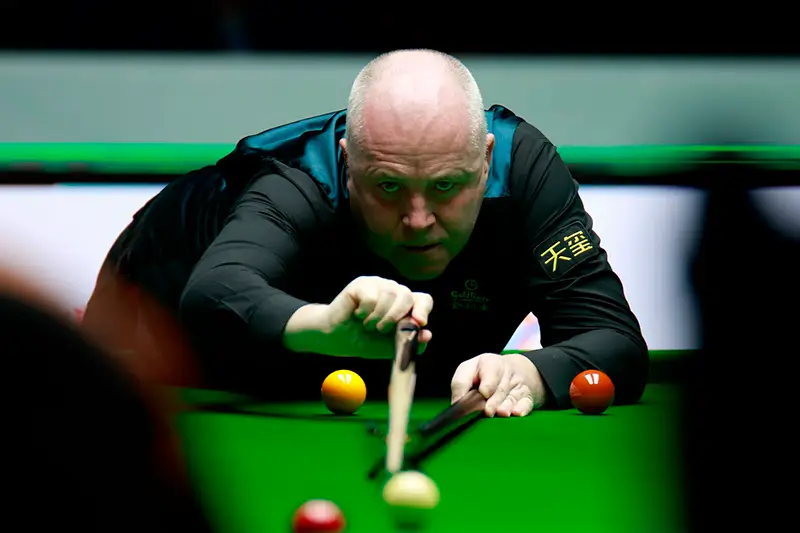 The World Grand Prix format provides for the participation of 32 highly ranked players. This approach guarantees a high level of competition and no random participants.
The World Grand Prix format provides for the participation of 32 highly ranked players. This approach guarantees a high level of competition and no random participants.
Qualifying Stages
At the first stages of the tournament athletes face off in a best-of-7 format, where they must win four frames to advance. No mistakes can be made at this stage, as the loser is immediately eliminated from the competition. This system forces players to demonstrate maximum concentration and strategic thinking from the very first matches.
Quarter-finals and semi-finals
At this stage, the intensity of the competition increases. Best-of-11 games require players to win six frames. The matches test not only skill but also stamina, as the games can last several hours. Tactical planning, competent shot selection and mental toughness become the determining factors of success.
Finals
The final is a best-of-19 encounter, with ten frames to win. The final matches of a snooker tournament are marathons. It is all about technique, strategy and the ability to stay focused for long periods of time. A finalist losing a few frames can turn the tide by showing composure and composure.
This structure of the tournament makes it one of the most difficult. There are no easy wins – every match requires complete dedication and extreme precision. World Grand Prix 2025 will be another test for the best players. Even experienced champions can drop out in the early stages if they don’t play consistently.
World Grand Prix 2025 prize money: how much the winners will earn
The prize money for the World Grand Prix 2025 is traditionally high. This season the total budget for the event is £380,000, of which the winner will receive £100,000. The prize money is distributed as follows:
- Winner – £100,000.
- Finalist – £40,000.
- Semi-finalists £20,000.
- Quarter-finalists £10,000.
- Other participants – £5,000.
This payout system makes the World Grand Prix snooker tournament financially attractive even for those who don’t make it to the final.
Where to watch World Grand Prix 2025
World Grand Prix 2025 is available on leading sports channels and streaming services. Matches are shown on Eurosport, BBC Sport and online platforms such as DAZN. Particular interest in the tournament is shown by viewers from Hong Kong, where billiards occupies an important place in sports culture.
Thanks to convenient broadcasts, the World Grand Prix Championship is available to fans all over the world, allowing them to follow the matches in high quality and enjoy the play of the greatest snooker masters.
Conclusion
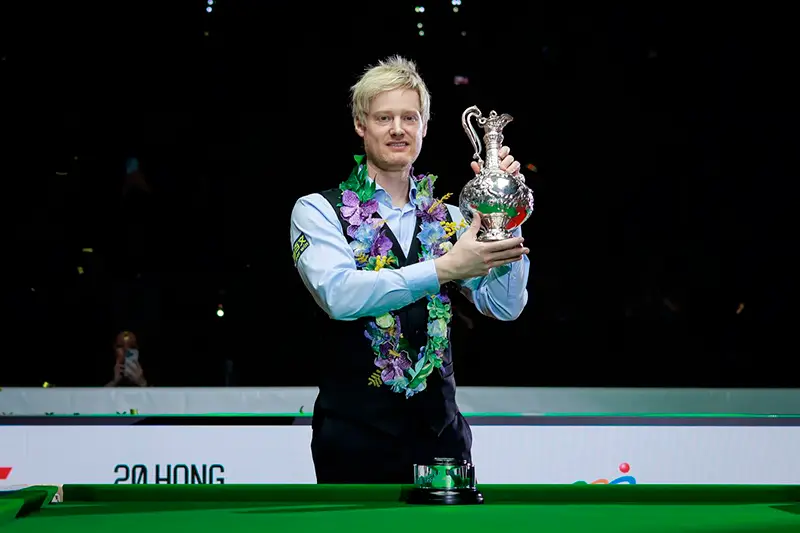 The World Grand Prix snooker tournament has long been an integral part of professional billiards. The competition brings together the best players, spectacular matches and a prestigious prize fund. The championship promises to give fans unforgettable moments, dramatic matches and an exciting fight for the title. The whole world will be watching this event, as it determines the fate of athletes and the balance of power in the rankings.
The World Grand Prix snooker tournament has long been an integral part of professional billiards. The competition brings together the best players, spectacular matches and a prestigious prize fund. The championship promises to give fans unforgettable moments, dramatic matches and an exciting fight for the title. The whole world will be watching this event, as it determines the fate of athletes and the balance of power in the rankings.



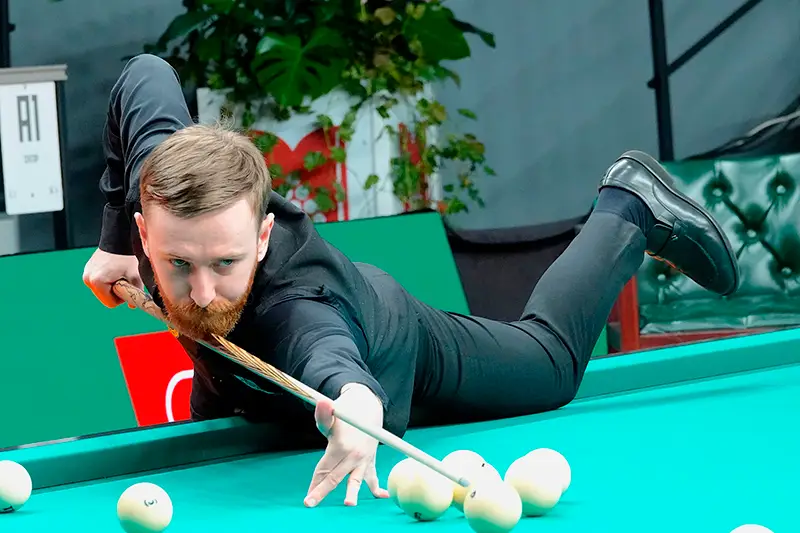

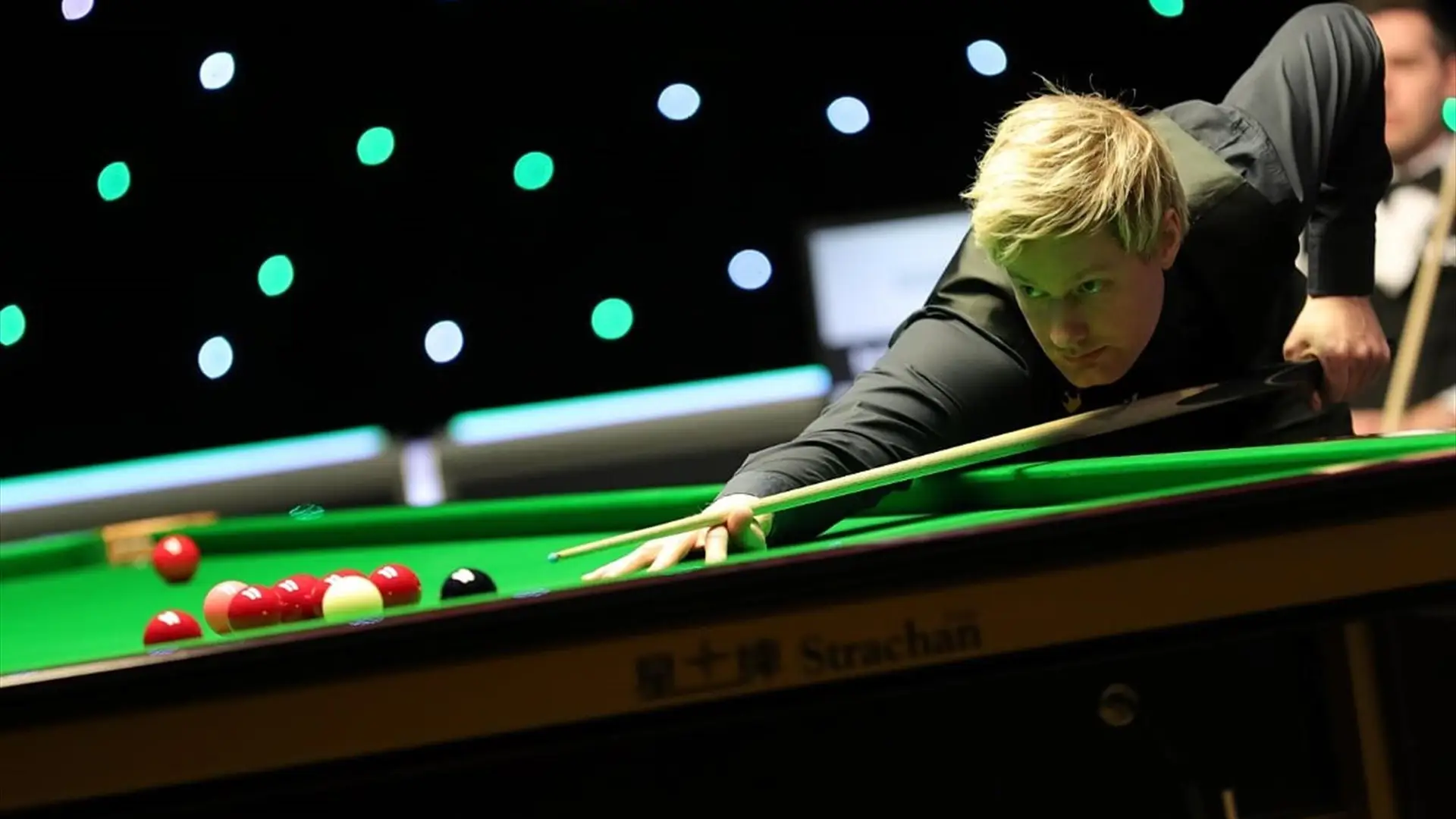
 The British Championship is a highly emotive event for fans and players alike. The competition is often intense and every frame can be decisive in determining the winner.
The British Championship is a highly emotive event for fans and players alike. The competition is often intense and every frame can be decisive in determining the winner. Snooker has won the hearts of millions of spectators around the world with its unique tournaments and legendary players. The World Championship, Invitational Masters and British Championship represent the true pinnacle of excellence, where every player strives to be part of history. May snooker continue to be a symbol of intelligence, endurance and elegance on the green where every shot can decide the fate of a champion.
Snooker has won the hearts of millions of spectators around the world with its unique tournaments and legendary players. The World Championship, Invitational Masters and British Championship represent the true pinnacle of excellence, where every player strives to be part of history. May snooker continue to be a symbol of intelligence, endurance and elegance on the green where every shot can decide the fate of a champion.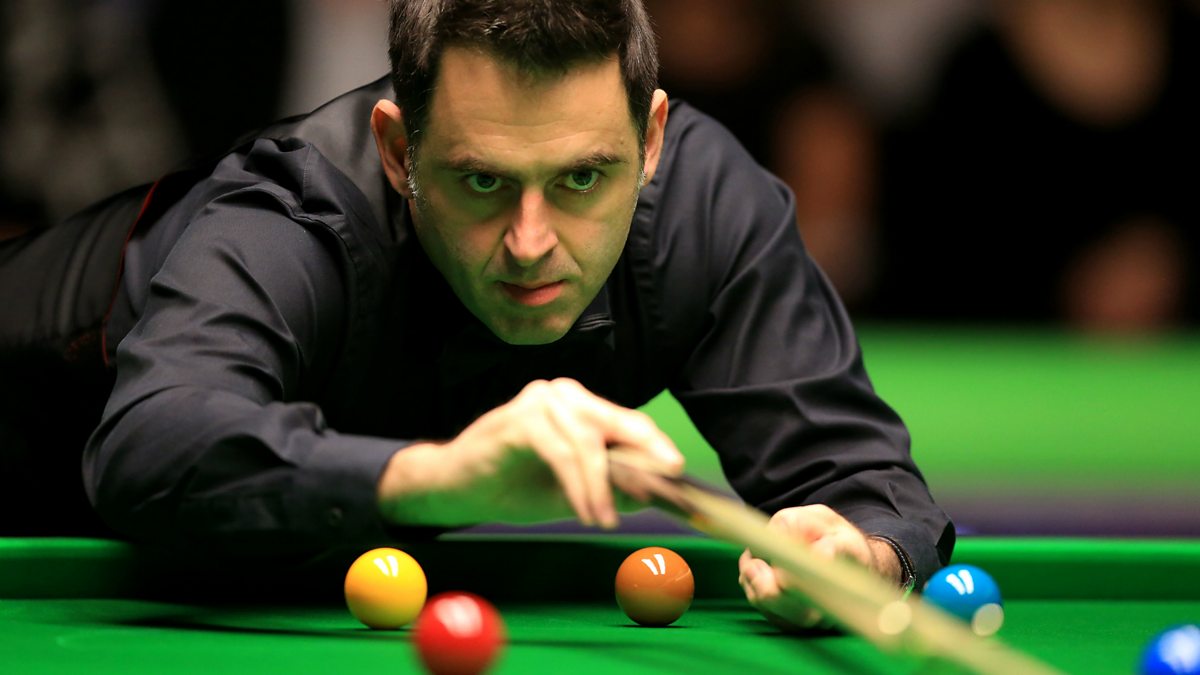
 Every O’Sullivan snooker match becomes a thrilling spectacle. His style is a combination of speed, confidence and the pursuit of perfection.
Every O’Sullivan snooker match becomes a thrilling spectacle. His style is a combination of speed, confidence and the pursuit of perfection.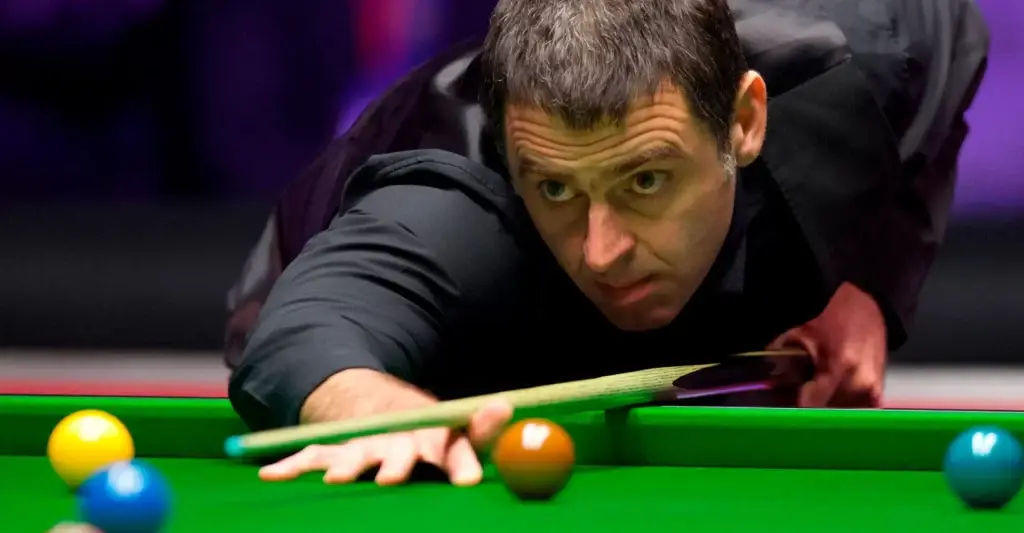 The story continues and it is too early to end it. Ronnie O’Sullivan continues to perform at a high level, proving that age is just a number and that his skill and passion for snooker know no bounds. His current form, despite increasing competition, remains excellent and he is still capable of surprising. Ronnie inspires, leads and proves that excellence knows no bounds.
The story continues and it is too early to end it. Ronnie O’Sullivan continues to perform at a high level, proving that age is just a number and that his skill and passion for snooker know no bounds. His current form, despite increasing competition, remains excellent and he is still capable of surprising. Ronnie inspires, leads and proves that excellence knows no bounds.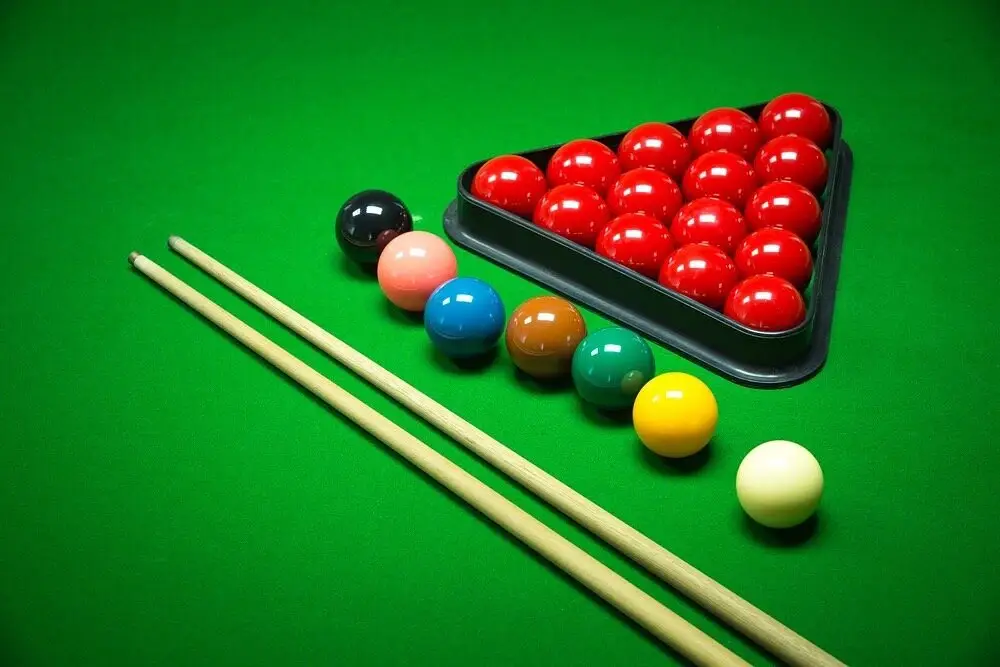
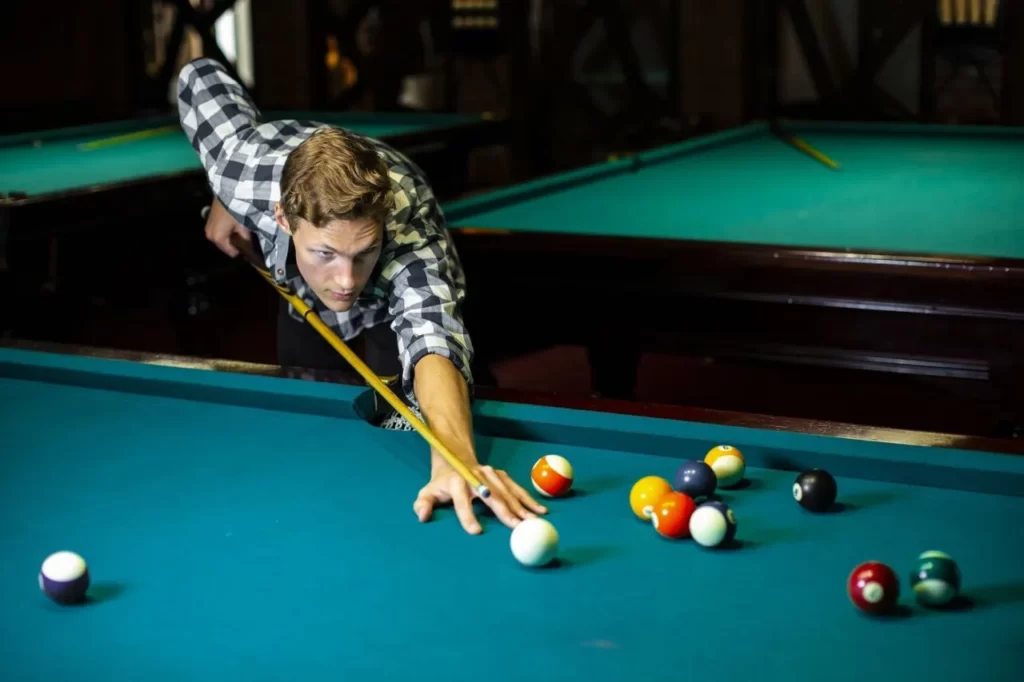 Choosing a cue is an art. Many beginners do not realise how important it is to learn to play billiards faster. A poorly chosen cue can spoil the whole game. When choosing a cue, pay attention to weight, balance and even material.
Choosing a cue is an art. Many beginners do not realise how important it is to learn to play billiards faster. A poorly chosen cue can spoil the whole game. When choosing a cue, pay attention to weight, balance and even material.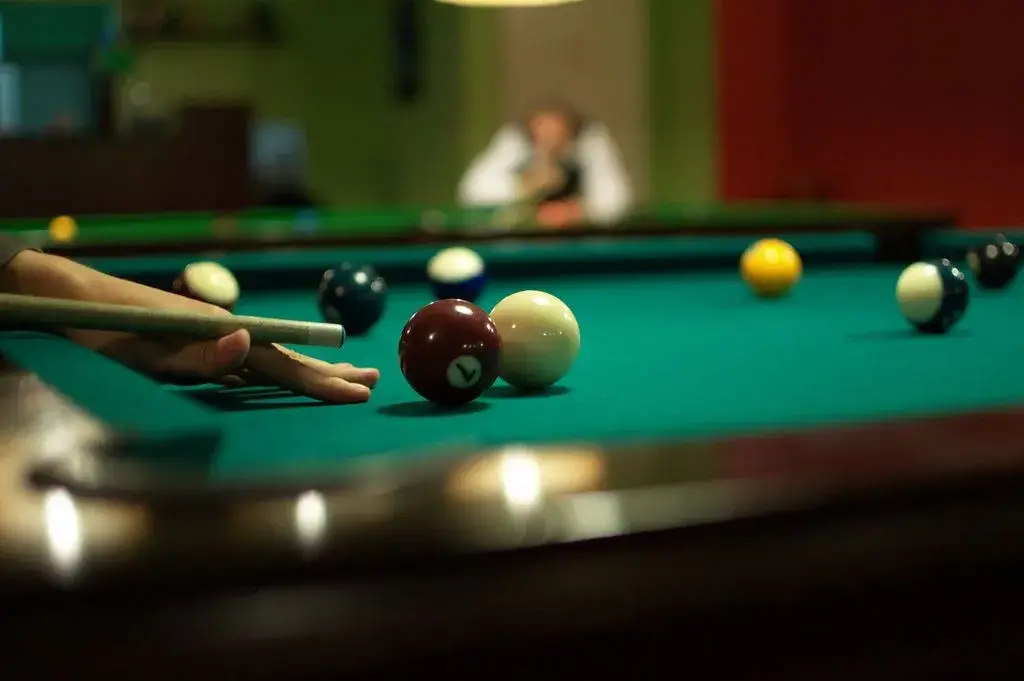 How do you learn to play billiards? Start with the basics, understand technique, choose the right cue and, above all, don’t be afraid to make mistakes. Only when your hands and your cue become one will you gain true mastery. Start now, try, make mistakes and learn, and you will undoubtedly master billiards at a professional level.
How do you learn to play billiards? Start with the basics, understand technique, choose the right cue and, above all, don’t be afraid to make mistakes. Only when your hands and your cue become one will you gain true mastery. Start now, try, make mistakes and learn, and you will undoubtedly master billiards at a professional level.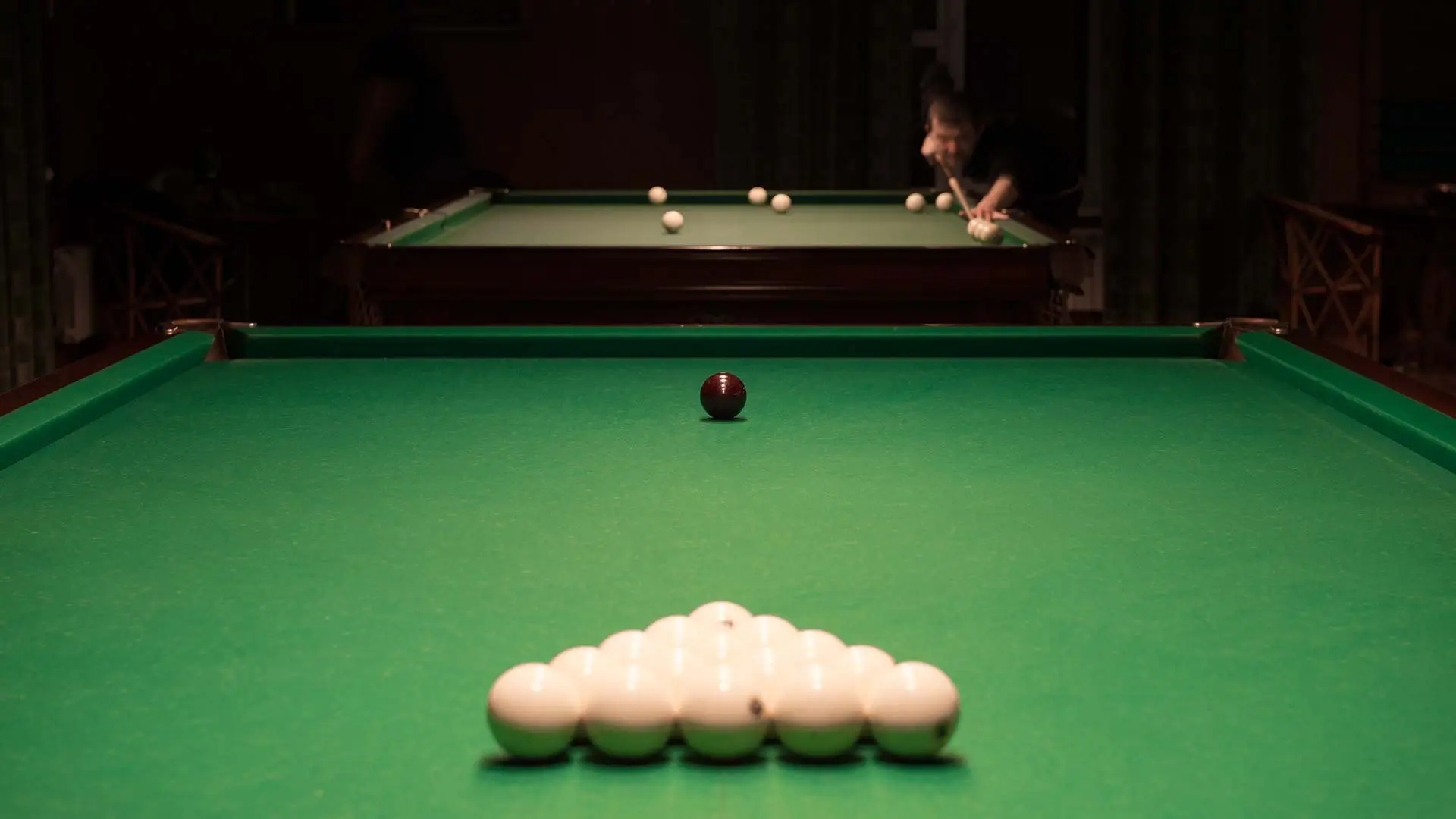
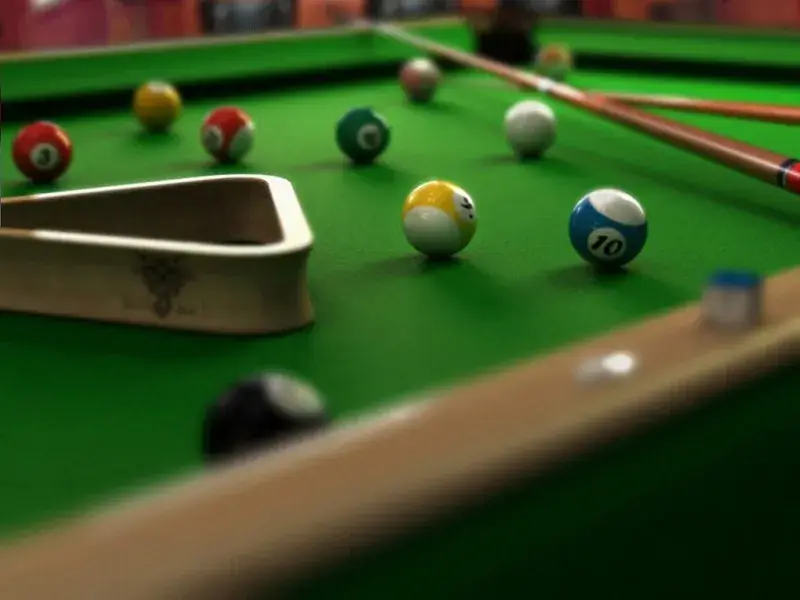 The best of the best gathered at the Russian World Billiards Championships to compete for the title once again. Here you will see both recognised masters and rising stars ready to make a name for themselves. Vladimir Sinitsyn, the Russian billiards legend, with his powerful tactics and psychological stamina, is once again among the favourites. His coach, Ivan Petrov, points out that preparation for this tournament has been intense and Vladimir is showing the highest level of form this year. Alexei Shirov, known for his strategic play and ability to exploit his opponents’ weaknesses, is also one of the contenders for the title.
The best of the best gathered at the Russian World Billiards Championships to compete for the title once again. Here you will see both recognised masters and rising stars ready to make a name for themselves. Vladimir Sinitsyn, the Russian billiards legend, with his powerful tactics and psychological stamina, is once again among the favourites. His coach, Ivan Petrov, points out that preparation for this tournament has been intense and Vladimir is showing the highest level of form this year. Alexei Shirov, known for his strategic play and ability to exploit his opponents’ weaknesses, is also one of the contenders for the title.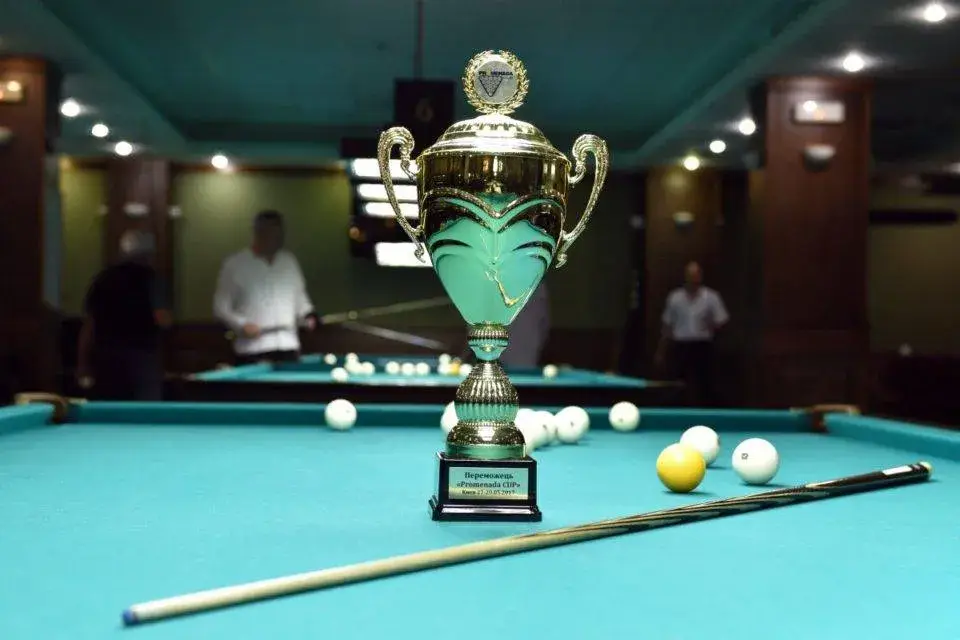 The Russian World Billiards Championship shows how sport can unite people and inspire new achievements. Every participant, regardless of results, contributes to the development of the discipline. The tournament in Novosibirsk became a vivid example of how skill and the will to win can become a true celebration for spectators. We look forward to the next championship in St Petersburg, which promises to be even bigger and more spectacular.
The Russian World Billiards Championship shows how sport can unite people and inspire new achievements. Every participant, regardless of results, contributes to the development of the discipline. The tournament in Novosibirsk became a vivid example of how skill and the will to win can become a true celebration for spectators. We look forward to the next championship in St Petersburg, which promises to be even bigger and more spectacular.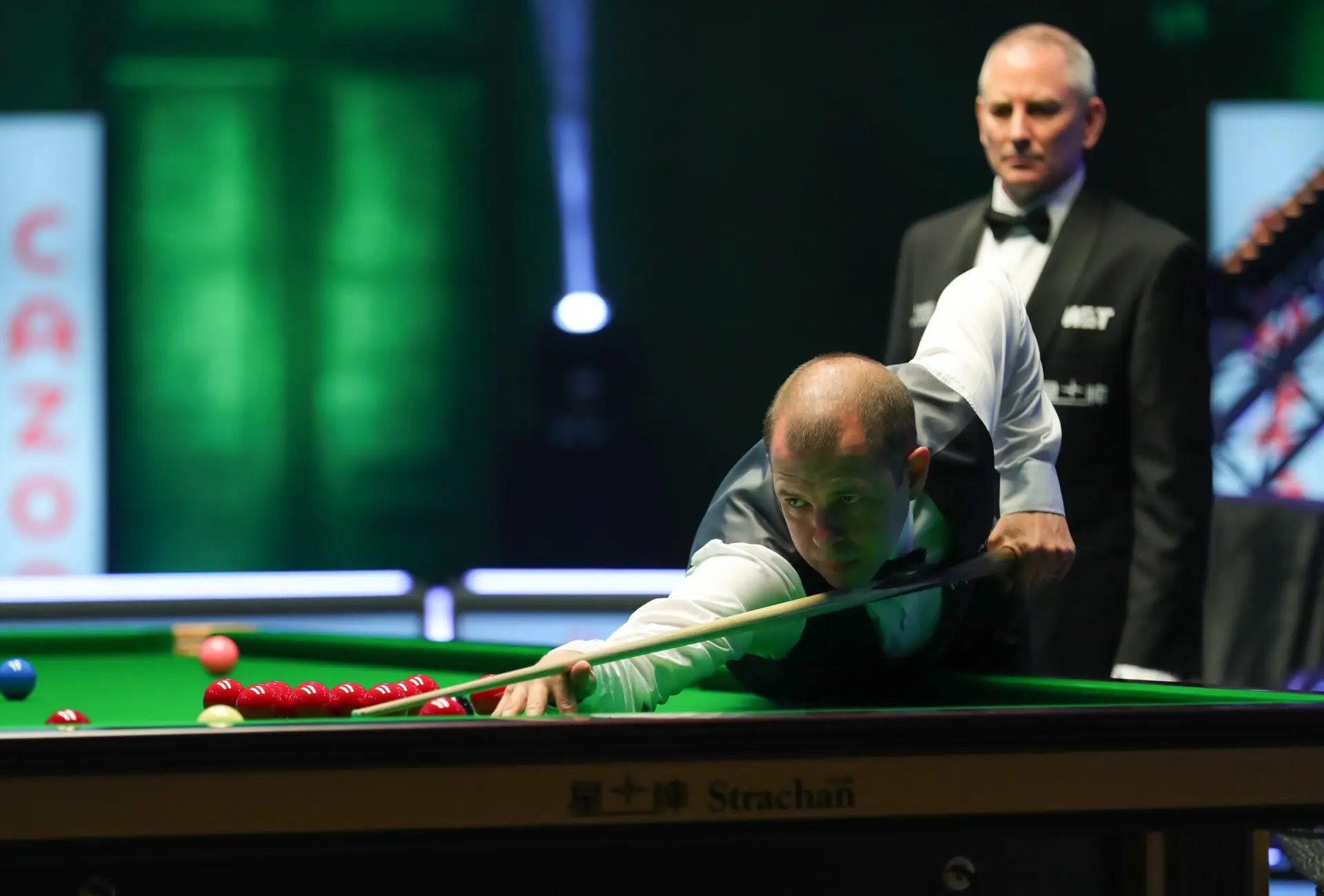
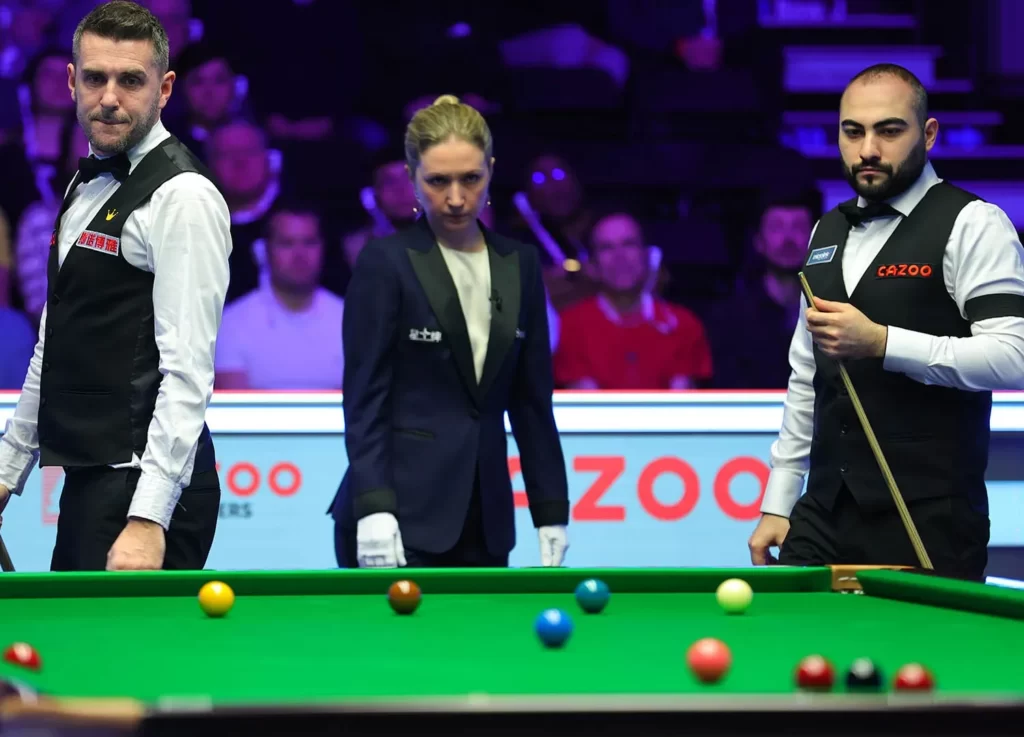 The prize fund is several million pounds. In 2023, the amount reached 2,395,000 pounds, with the winner receiving 500,000 pounds. The prize money is distributed among all participants, depending on their place in the final table. Financial rewards not only provide material motivation, but also emphasize the prestige of the tournament. Each participant understands that the competition is a chance not only to get rich, but also to be recognized in the world of professional snooker.
The prize fund is several million pounds. In 2023, the amount reached 2,395,000 pounds, with the winner receiving 500,000 pounds. The prize money is distributed among all participants, depending on their place in the final table. Financial rewards not only provide material motivation, but also emphasize the prestige of the tournament. Each participant understands that the competition is a chance not only to get rich, but also to be recognized in the world of professional snooker. Het wereldkampioenschap snooker is meer dan alleen een sportwedstrijd. Het is een verhaal van strijd, doorzettingsvermogen en kunst op de green. Elke confrontatie is een klein drama waarbij elk schot telt en elke bal het lot kan veranderen. Dit toernooi verenigt generaties spelers en fans, inspireert degenen die net beginnen en zorgt voor onvergetelijke momenten voor degenen die het spel al tientallen jaren volgen. Mis de volgende wedstrijd niet, of probeer misschien zelf deze prachtige sport.
Het wereldkampioenschap snooker is meer dan alleen een sportwedstrijd. Het is een verhaal van strijd, doorzettingsvermogen en kunst op de green. Elke confrontatie is een klein drama waarbij elk schot telt en elke bal het lot kan veranderen. Dit toernooi verenigt generaties spelers en fans, inspireert degenen die net beginnen en zorgt voor onvergetelijke momenten voor degenen die het spel al tientallen jaren volgen. Mis de volgende wedstrijd niet, of probeer misschien zelf deze prachtige sport.
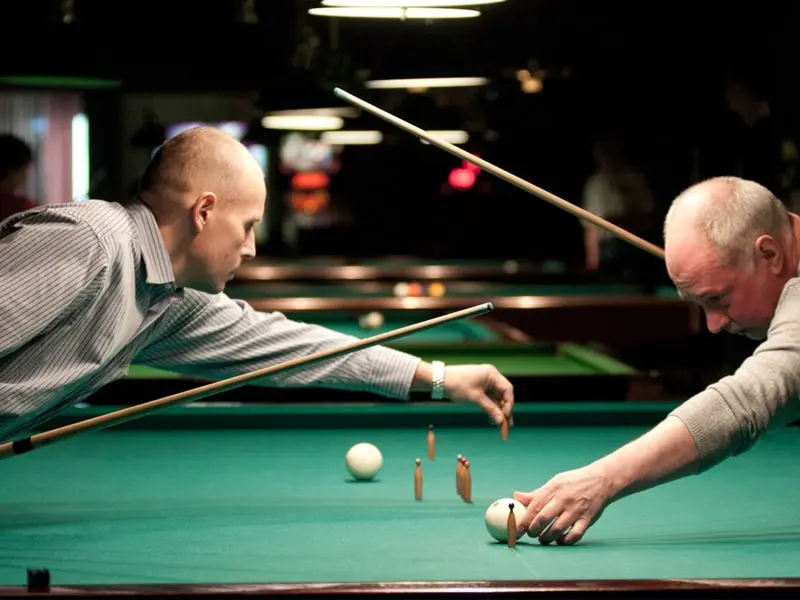
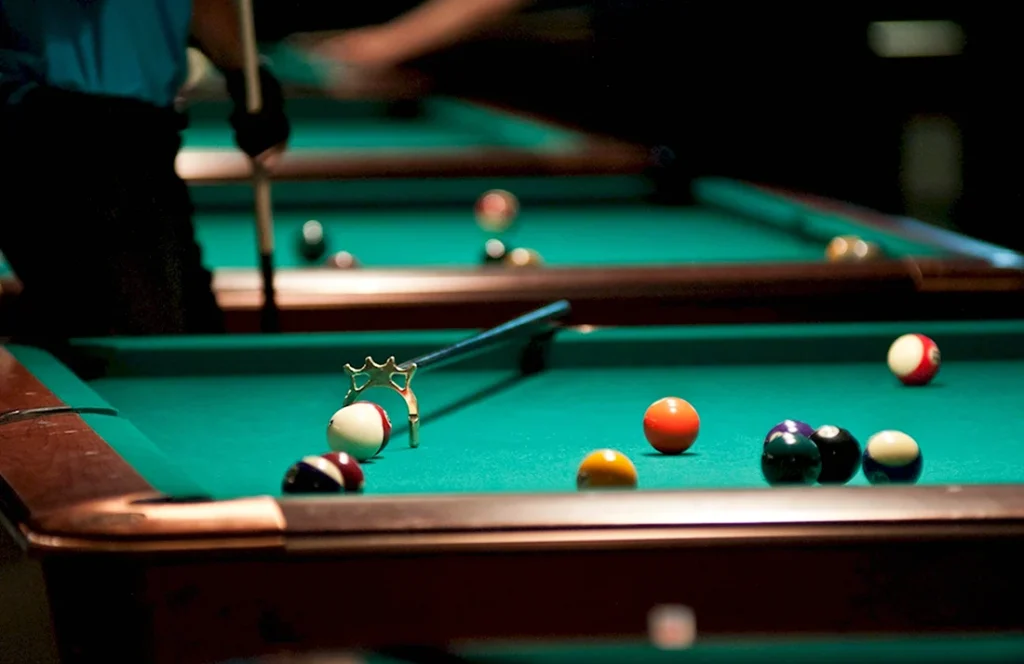
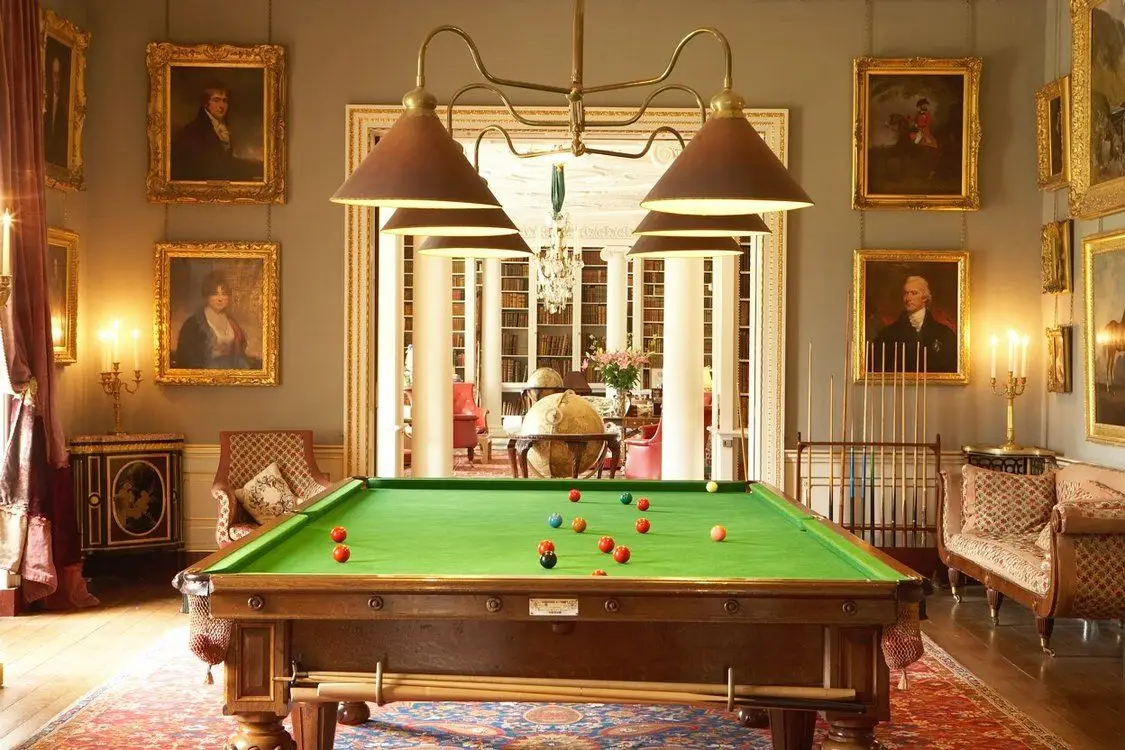
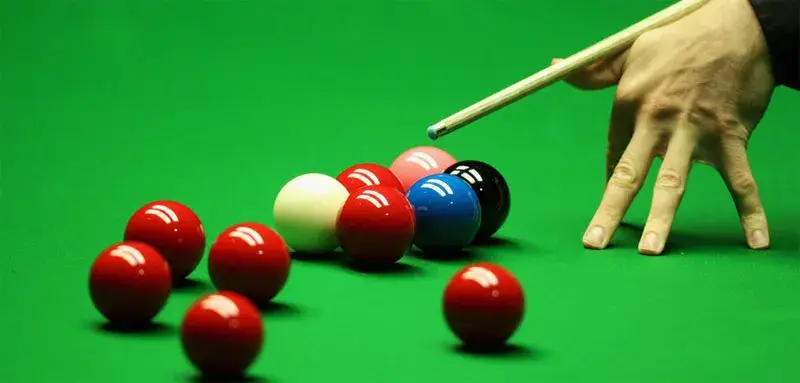 A true master of English billiards knows that success begins with choosing the right cue. It should be made of strong wood, such as ash or maple, with the optimal length and weight. For beginners, the weight of the cue may seem insignificant, but, as practice shows, it significantly affects the accuracy of the strike. The longer the cue, the more control over the movement, and a well-balanced cue is like an extension of the player’s hand.
A true master of English billiards knows that success begins with choosing the right cue. It should be made of strong wood, such as ash or maple, with the optimal length and weight. For beginners, the weight of the cue may seem insignificant, but, as practice shows, it significantly affects the accuracy of the strike. The longer the cue, the more control over the movement, and a well-balanced cue is like an extension of the player’s hand.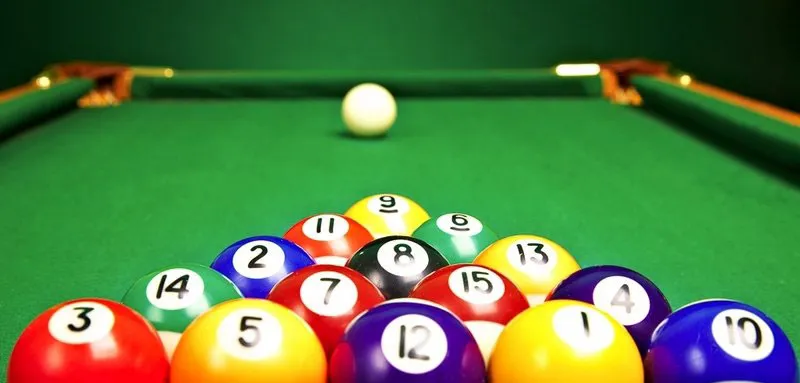 Understanding the nuances of English billiards allows you to immerse yourself in the atmosphere of Victorian clubs, to feel part of something elegant and thoughtful. Want to experience what it means to be a cue master? Check out the online platform or sign up at your nearest billiard club, grab your cue, and go ahead – into a world where every move counts and every game is a small battle of wits and dexterity.
Understanding the nuances of English billiards allows you to immerse yourself in the atmosphere of Victorian clubs, to feel part of something elegant and thoughtful. Want to experience what it means to be a cue master? Check out the online platform or sign up at your nearest billiard club, grab your cue, and go ahead – into a world where every move counts and every game is a small battle of wits and dexterity.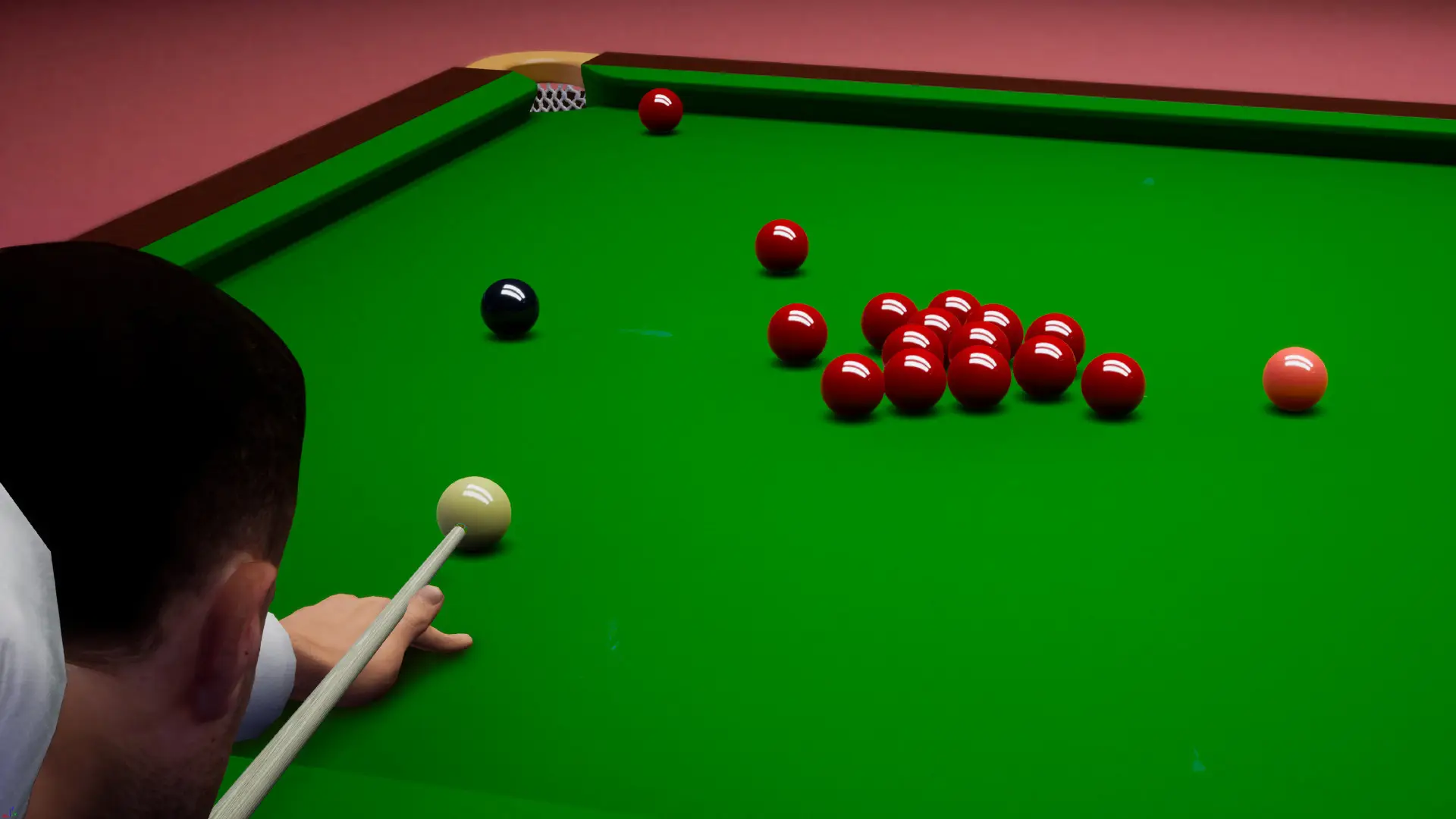
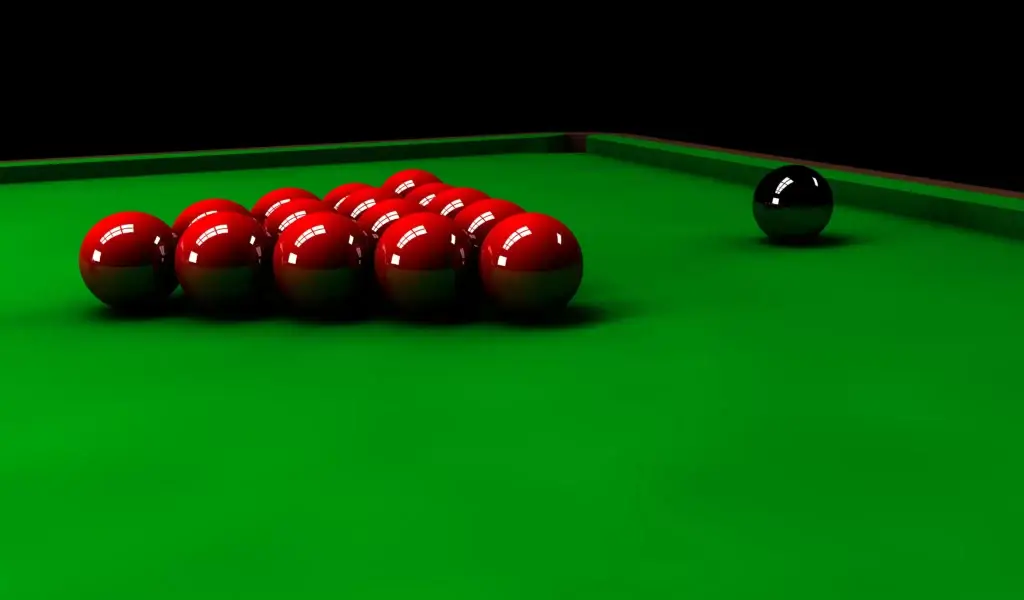 Fouls in snooker can be a real problem for beginners. One of the most common is missing the target ball, especially when trying to pot a color. This often happens due to improper cue setting or hitting too hard. According to snooker rules, in the event of a foul, the opponent receives at least 4 penalty points, and depending on the type of error – even more.
Fouls in snooker can be a real problem for beginners. One of the most common is missing the target ball, especially when trying to pot a color. This often happens due to improper cue setting or hitting too hard. According to snooker rules, in the event of a foul, the opponent receives at least 4 penalty points, and depending on the type of error – even more.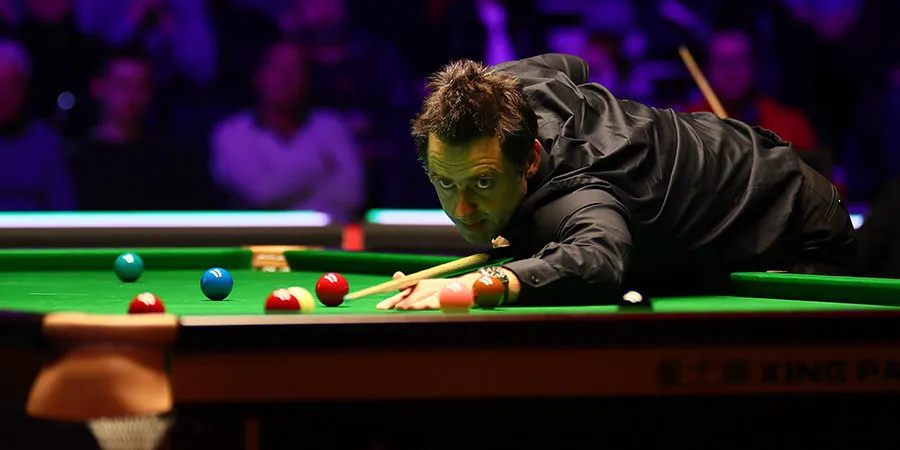 The rules of snooker open up a whole world of intelligent play, where it’s important not only to score balls, but to strategically construct each of your moves. Try playing and experience the magic of every shot and frame. The process requires maximum concentration, tactics and creativity. Take the cue in your hands and feel how each shot brings you closer to mastery – because the real beauty of snooker is in its depth and complexity.
The rules of snooker open up a whole world of intelligent play, where it’s important not only to score balls, but to strategically construct each of your moves. Try playing and experience the magic of every shot and frame. The process requires maximum concentration, tactics and creativity. Take the cue in your hands and feel how each shot brings you closer to mastery – because the real beauty of snooker is in its depth and complexity.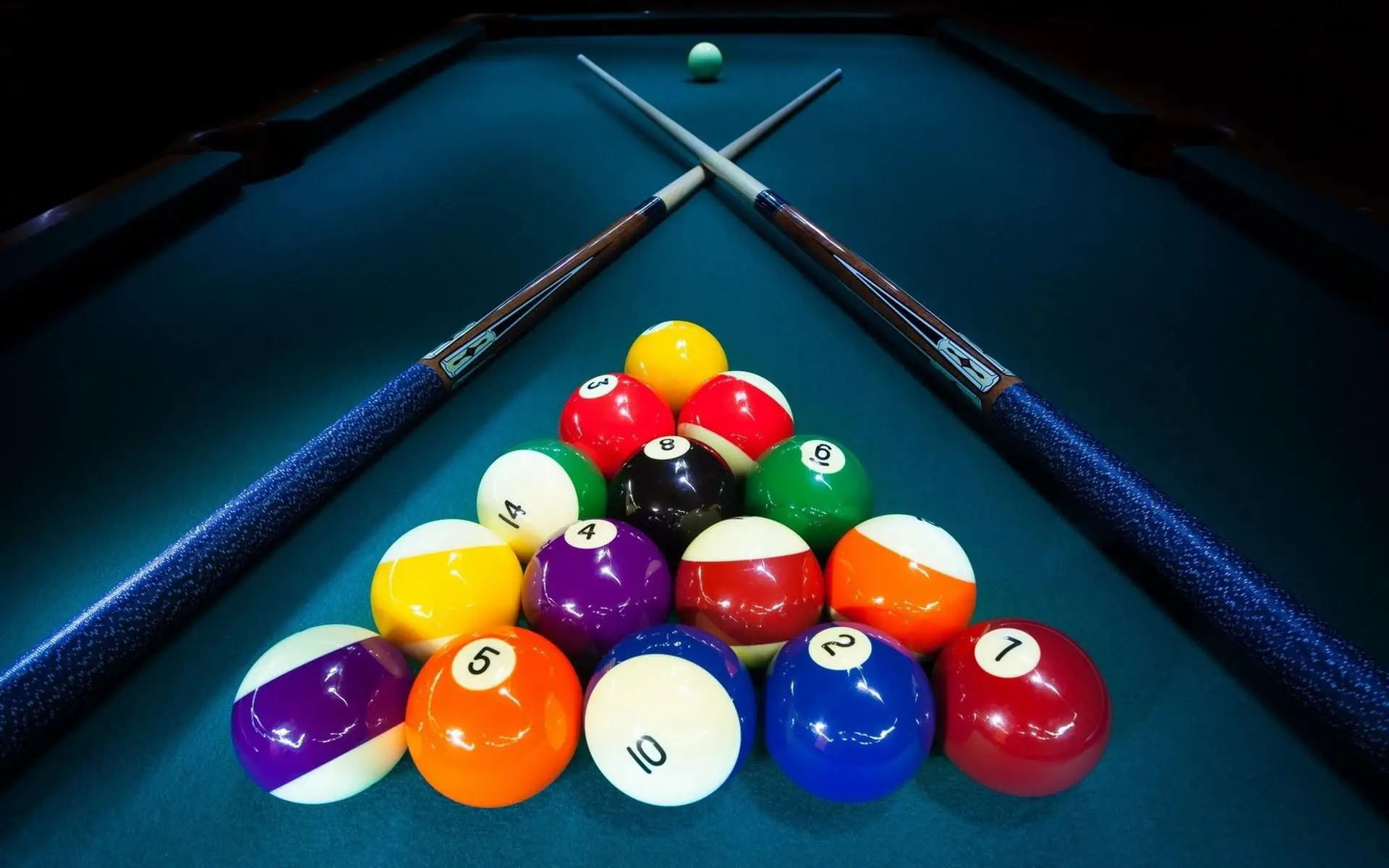
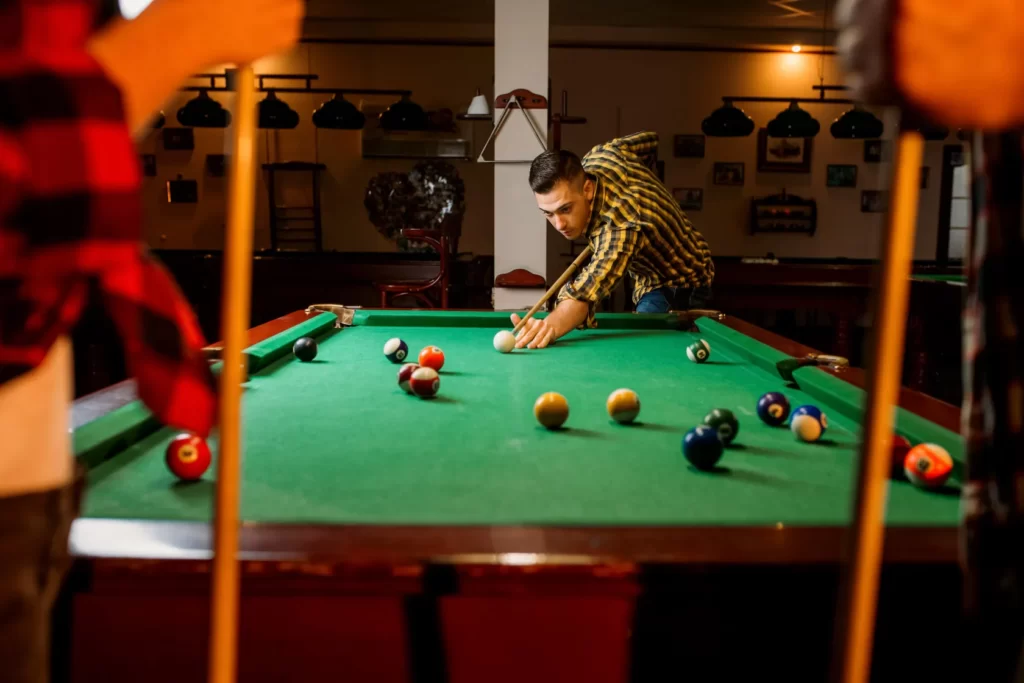 To play, you need the right equipment. The basics are a billiard table, balls, cue and various accessories. A billiard table is usually 9 feet in size, although you can also find 7- and 8-foot tables, which are used for amateur games and confined spaces.
To play, you need the right equipment. The basics are a billiard table, balls, cue and various accessories. A billiard table is usually 9 feet in size, although you can also find 7- and 8-foot tables, which are used for amateur games and confined spaces.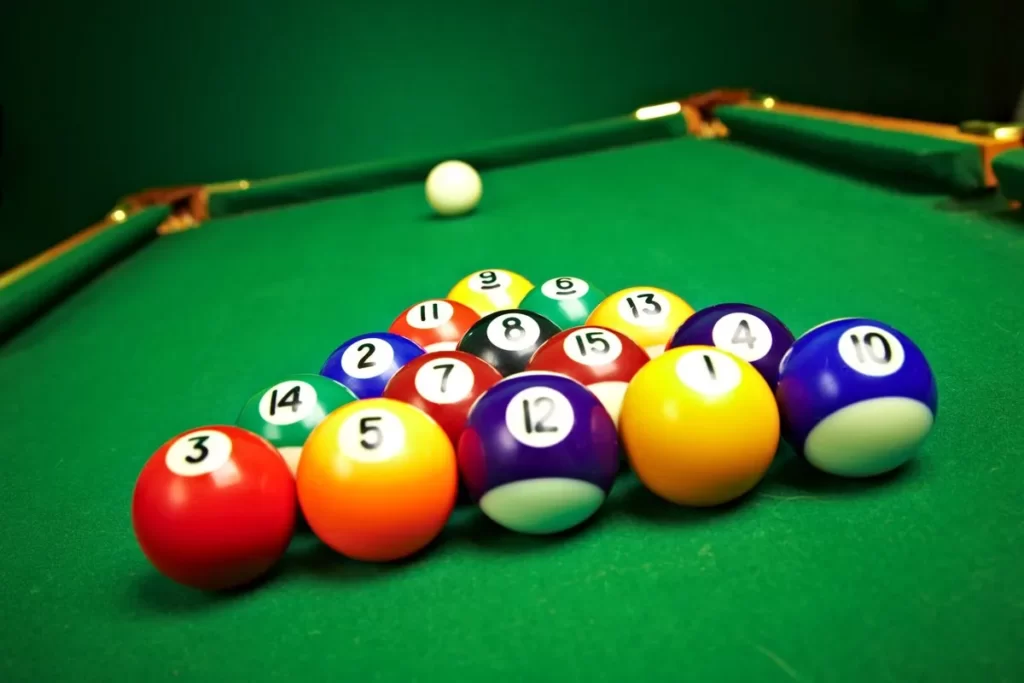 More than a pastime, snooker is a real intellectual challenge that requires concentration, precision and planning skills. With its combination of accessible rules and in-depth tactics, snooker has become popular with beginners and professionals alike. It is a game that has something for everyone, whether it is the satisfaction of catching your first ball or the joy of beating a serious opponent. If you haven’t tried snooker yet, it’s time to start!
More than a pastime, snooker is a real intellectual challenge that requires concentration, precision and planning skills. With its combination of accessible rules and in-depth tactics, snooker has become popular with beginners and professionals alike. It is a game that has something for everyone, whether it is the satisfaction of catching your first ball or the joy of beating a serious opponent. If you haven’t tried snooker yet, it’s time to start!
